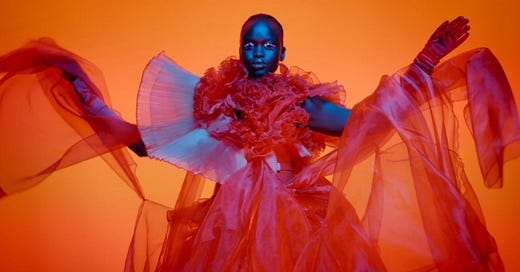Welcome to the Sociology of Business. In my last analysis, The new luxury strategy, I explored how to create buyer value at scale, through curation, craftsmanship and product portfolios. For sponsorship options, send me an email. If you are on the Substack, join the chat and I’m happy to respond to any questions in the chat or comments here.
The Sociolog…
Keep reading with a 7-day free trial
Subscribe to The Sociology of Business to keep reading this post and get 7 days of free access to the full post archives.



